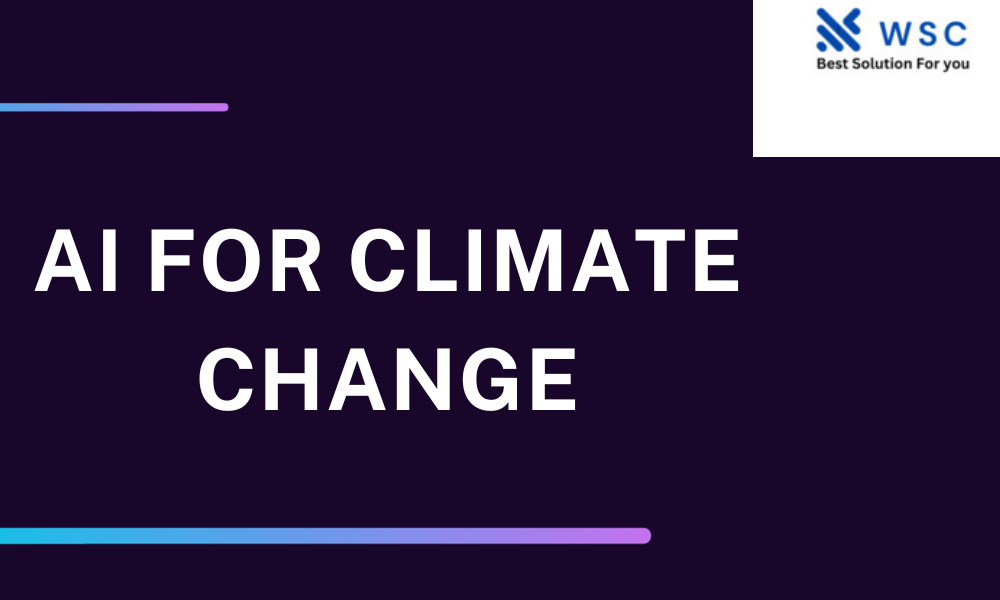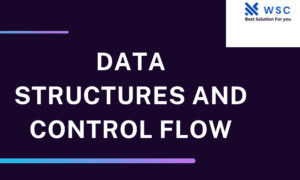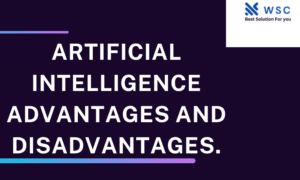Introduction:
Climate change is one of the most pressing challenges facing our planet today. The consequences of global warming are already evident in the form of extreme weather events, melting ice caps, rising sea levels, and disruptions to ecosystems. Addressing climate change requires urgent and innovative solutions, and one such solution lies in the transformative power of Artificial Intelligence (AI). In this post, we will explore how AI is becoming a critical tool in the fight against climate change and how it is revolutionizing our approach to environmental conservation and sustainability.
AI in Climate Modeling and Prediction:
One of the most significant ways AI is contributing to the battle against climate change is through its role in climate modeling and prediction. AI algorithms can analyze vast datasets, including historical climate data and real-time information, to make more accurate and detailed climate predictions. This helps in assessing the potential impacts of climate change, allowing governments and organizations to develop proactive strategies for mitigation and adaptation.
AI for Renewable Energy
: Transitioning to renewable energy sources is a key component of reducing carbon emissions and mitigating climate change. AI is revolutionizing the renewable energy sector by enhancing the efficiency and reliability of clean energy sources like solar and wind power. AI can optimize the operation of renewable energy infrastructure, predict energy demand, and even improve energy storage solutions, making renewable energy more accessible and affordable.
Carbon Emission Reduction:
Reducing carbon emissions is paramount in the fight against climate change. AI plays a crucial role in this by helping industries and transportation systems reduce their carbon footprint. Machine learning models can optimize transportation routes, reduce fuel consumption, and enhance energy efficiency in manufacturing processes. AI-powered smart grids can also balance energy supply and demand, reducing wastage and the carbon footprint associated with energy production.
Biodiversity and Ecosystem Conservation:
AI is helping protect our natural ecosystems and biodiversity. Advanced monitoring systems, such as camera traps and drones, are being employed to track and study wildlife and ecosystems. AI can analyze the collected data, identifying patterns and aiding in conservation efforts. Additionally, AI-driven precision agriculture techniques help minimize the environmental impact of farming, preserving vital ecosystems.
Disaster Response and Resilience:
Climate change intensifies the frequency and severity of natural disasters. AI-driven disaster response systems can process vast amounts of data in real time, helping authorities make quicker and more informed decisions during crises. Predictive analytics can forecast extreme weather events and assess their potential impact on vulnerable communities, allowing for better preparedness and response.
Conclusion:
The fight against climate change demands a multidisciplinary approach, and AI is emerging as a powerful ally in this endeavor. Its capacity to process and analyze vast amounts of data, optimize renewable energy solutions, reduce carbon emissions, and aid in biodiversity conservation makes it an invaluable tool in our quest for a sustainable future. However, the successful application of AI for climate change mitigation relies on collaboration between governments, businesses, researchers, and environmental activists. Together, we can harness the potential of AI to address climate change head-on, paving the way for a greener, more sustainable world.
Check our tools website Word count
Check our tools website check More tutorial




